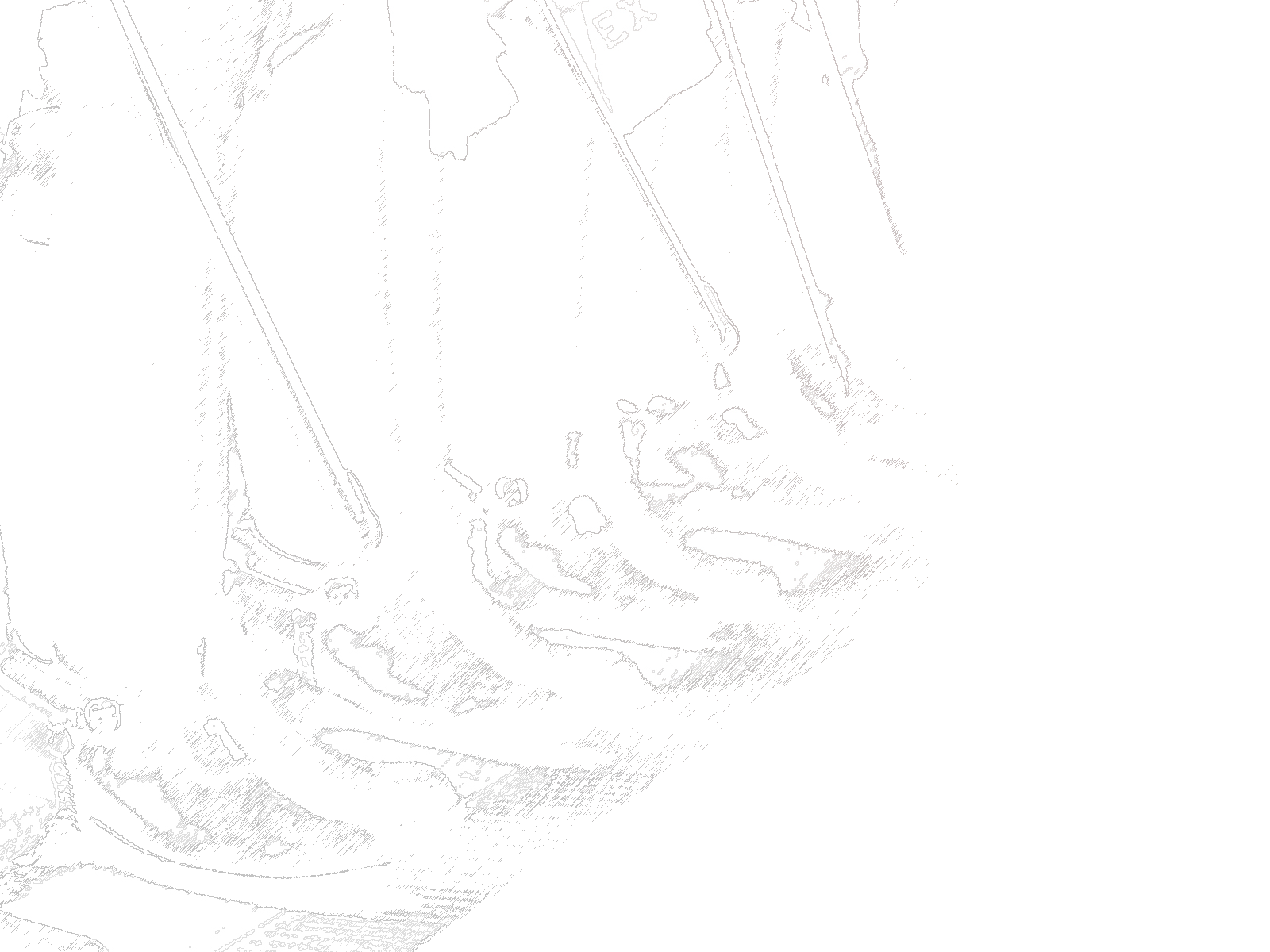For now… SCOTUS needs to police their branch and make it clear that some rando district court does not have the authority to stop the actions of an entire other branch of government.
The Supreme Court has granted a request by the Trump administration to temporarily block a lower court order requiring that a deported Salvadorian man be returned to the US.
Chief Justice John Roberts agreed to pause a ruling that Kilmar Abrego Garcia should be brought back from El Salvador by midnight on Monday.
The government has said Mr Garcia was deported on 15 March due to an “administrative error”, although they also allege he is a member of the MS-13 gang, which his lawyer denies.
In its emergency appeal to America’s highest court, the Trump administration argued the Maryland judge lacked authority to issue the order and that US officials cannot compel El Salvador to return Mr Garcia.
[…]
Chief Justice Roberts’ administrative stay on Monday afternoon will allow the Supreme Court time to consider the case.
